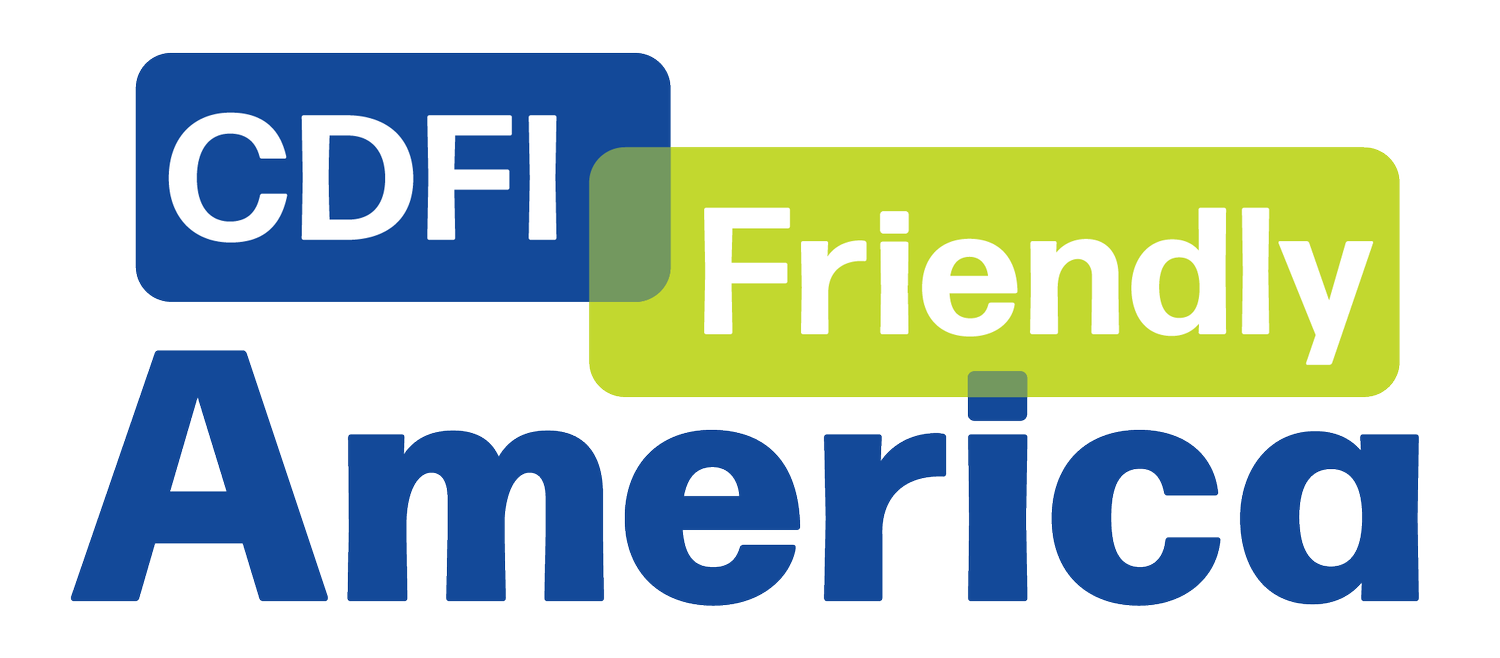Affordable Housing Challenges and Insights from the Housing Assistance Council
Access to safe, affordable housing should be accessible for all but most individuals don’t understand the many logistical and financial challenges that developers and local governments face while trying to address the affordable housing crisis.
In the realm of affordable housing, understanding the U.S. Department of Housing and Urban Development's (HUD) Fair Market Rent (FMR) is essential. It serves as a benchmark, estimating the cost of a reasonably priced rental home in a specific area. However, a recent report from the National Low Income Housing Coalition, titled Out of Reach highlights a significant gap between renters' wages and the cost of rental housing in the United States. Central to this report is the Housing Wage, which calculates the hourly wage needed for a full-time worker to afford an average rental home at HUD's FMR without exceeding 30% of their income—a recognized affordability benchmark.
This revelation underscores the urgent need to address the housing crisis and ensure access to safe and affordable housing for all. One organization at the forefront of this mission is the Housing Assistance Council (HAC). Since 1971, HAC has been dedicated to supporting affordable housing efforts in rural America. Their initiatives encompass providing below-market financing, offering technical assistance, conducting research, and formulating policies to enable solutions for rural communities.
Despite progress in certain areas, the disparity between housing costs and wages remains a formidable challenge. It demands collaborative efforts from government agencies, philanthropic organizations, non-profits, lenders, and private enterprises, to develop effective solutions.
Addressing the affordable housing crisis requires a multifaceted approach. This includes implementing policies that promote equitable access to housing, investing in affordable housing development, expanding rental assistance programs, and supporting initiatives that empower individuals and families to achieve housing stability.
Before some of these strategies can take place, it is important to recognize the unique challenges different communities face in accessing affordable housing. Rural areas can often have limited socioeconomic resources, infrastructure constraints, and geographical isolation necessitate tailored solutions that address the specific needs of rural populations. Housing developers in rural and suburban areas also face NIMBYism, which stands for “Not in my backyard”, where neighbors and current residents express concerns about increased population density that comes with building multi-family housing. Organizations like the Housing Assistance Council play a vital role in advocating for rural housing initiatives and providing essential support to communities in need. By leveraging their expertise and resources, they contribute to building sustainable solutions that enhance housing affordability and promote economic opportunity in rural America.
The disparity between average salary/wages and the rising cost of rental housing or mortgage prices proves the urgent need to advance efforts around the affordable housing crisis. Through collaborative efforts and targeted interventions, we can bridge the housing gap and ensure that everyone has access to safe and affordable housing, regardless of their income or geographic location.
Read about about the Housing Assistance Council: https://ruralhome.org/our-work/r-and-i/
Read the NLIHC’s Out of Reach report: https://nlihc.org/oor

